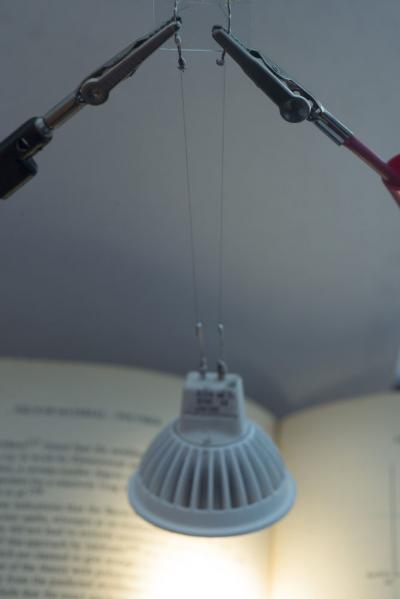
Nanotube fibers have unmatched combination of strength, conductivity, flexibility
Rice University’s latest nanotechnology breakthrough was more than 10 years in the making, but it still came with a shock. Scientists from Rice, the Dutch firm Teijin Aramid, the U.S. Air Force and Israel’s Technion Institute this week unveiled a new carbon nanotube (CNT) fiber that looks and acts like textile thread and conducts electricity and heat like a metal wire. In this week’s issue ofScience, the researchers describe an industrially scalable process for making the threadlike fibers, which outperform commercially available high-performance materials in a number of ways.
“We finally have a nanotube fiber with properties that don’t exist in any other material,” said lead researcher Matteo Pasquali, professor of chemical and biomolecular engineering and chemistry at Rice. “It looks like black cotton thread but behaves like both metal wires and strong carbon fibers.”
The research team includes academic, government and industrial scientists from Rice; Teijin Aramid’s headquarters in Arnhem, the Netherlands; the Technion-Israel Institute of Technology in Haifa, Israel; and the Air Force Research Laboratory (AFRL) in Dayton, Ohio.
“The new CNT fibers have a thermal conductivity approaching that of the best graphite fibers but with 10 times greater electrical conductivity,” said study co-author Marcin Otto, business development manager at Teijin Aramid. “Graphite fibers are also brittle, while the new CNT fibers are as flexible and tough as a textile thread. We expect this combination of properties will lead to new products with unique capabilities for the aerospace, automotive, medical and smart-clothing markets.”
The phenomenal properties of carbon nanotubes have enthralled scientists from the moment of their discovery in 1991. The hollow tubes of pure carbon, which are nearly as wide as a strand of DNA, are about 100 times stronger than steel at one-sixth the weight. Nanotubes’ conductive properties — for both electricity and heat — rival the best metal conductors. They also can serve as light-activated semiconductors, drug-delivery devices and even sponges to soak up oil.
via Rice University – David Ruth
The Latest Streaming News: Nanotech fiber updated minute-by-minute
Bookmark this page and come back often
Latest NEWS
Latest VIDEO








